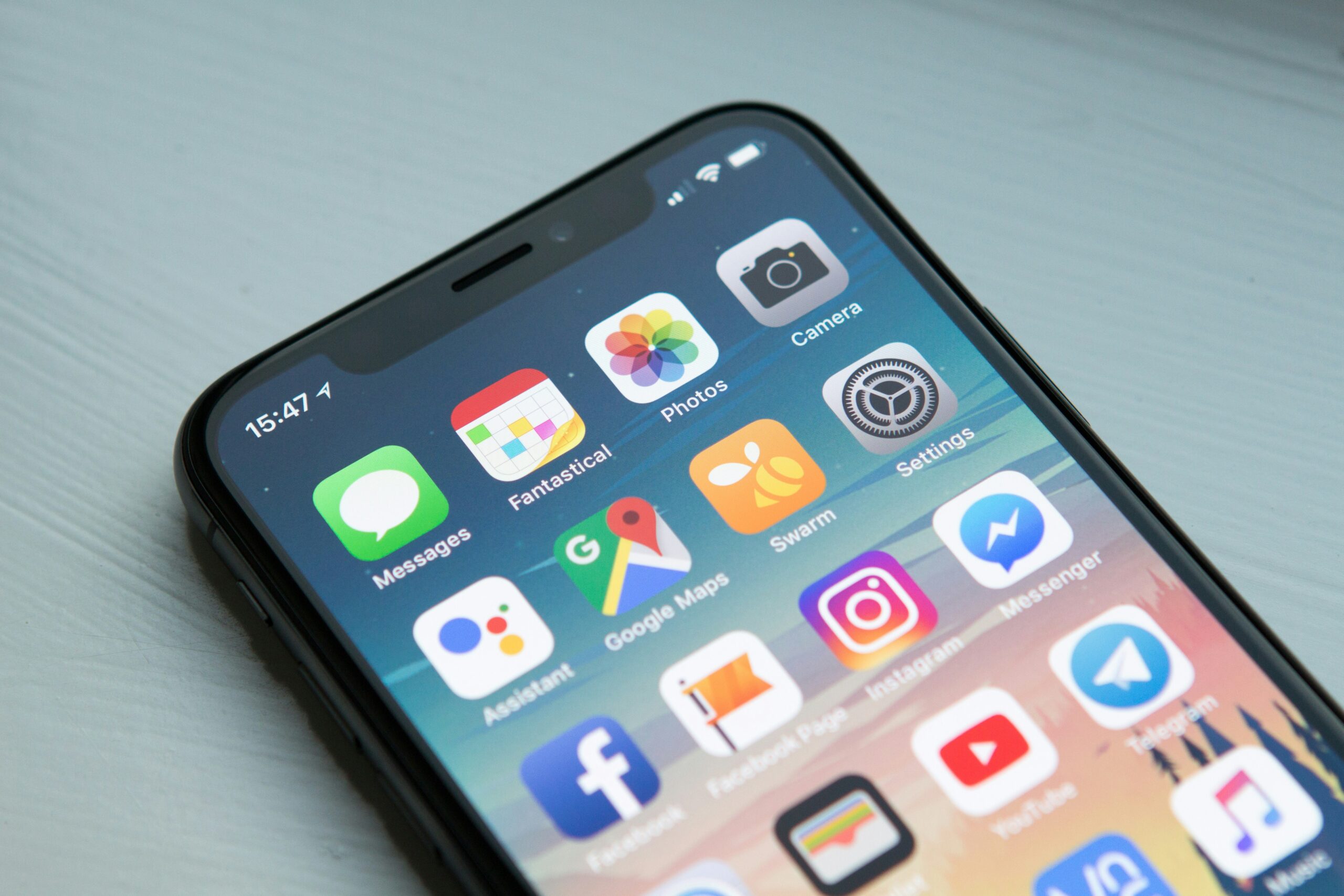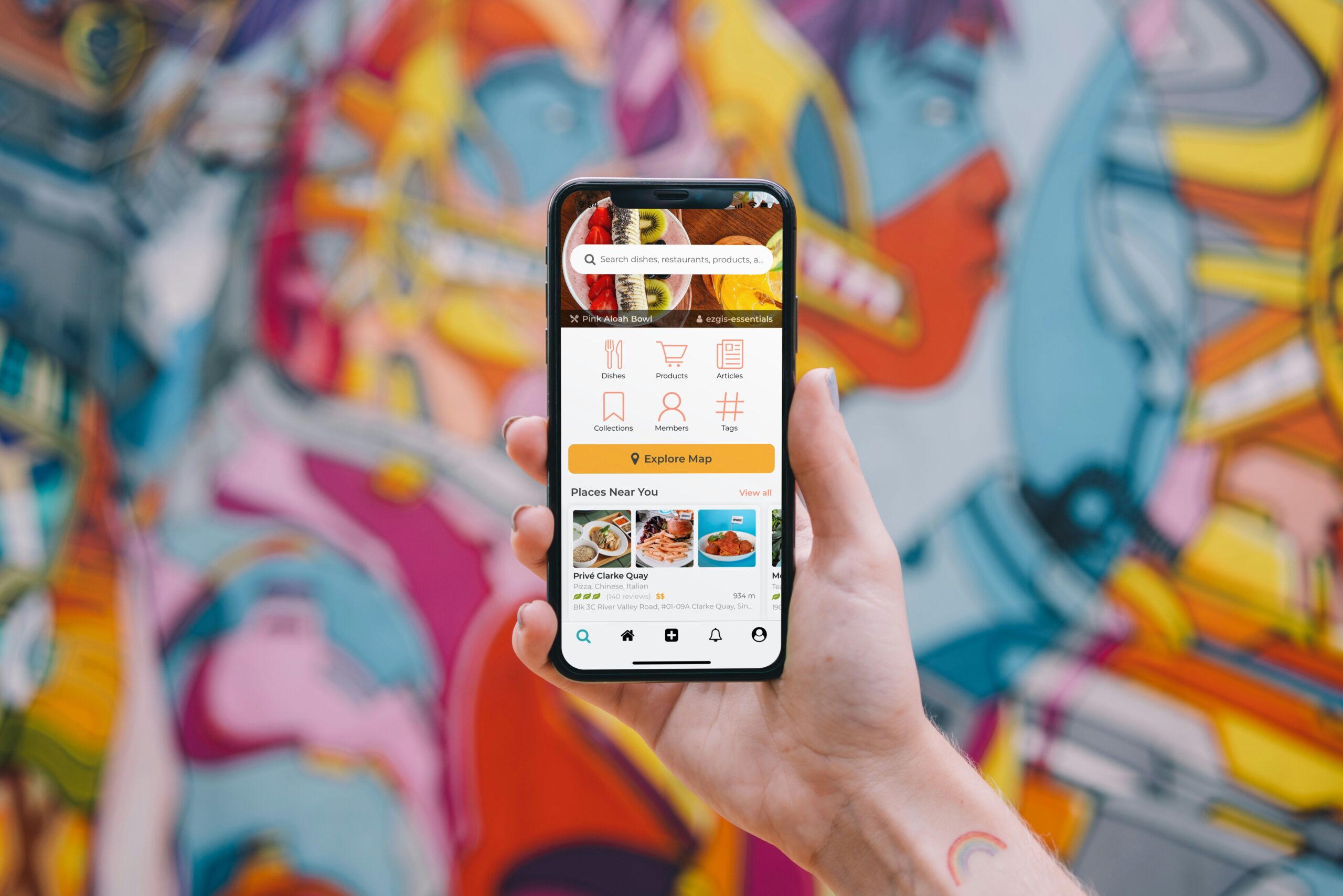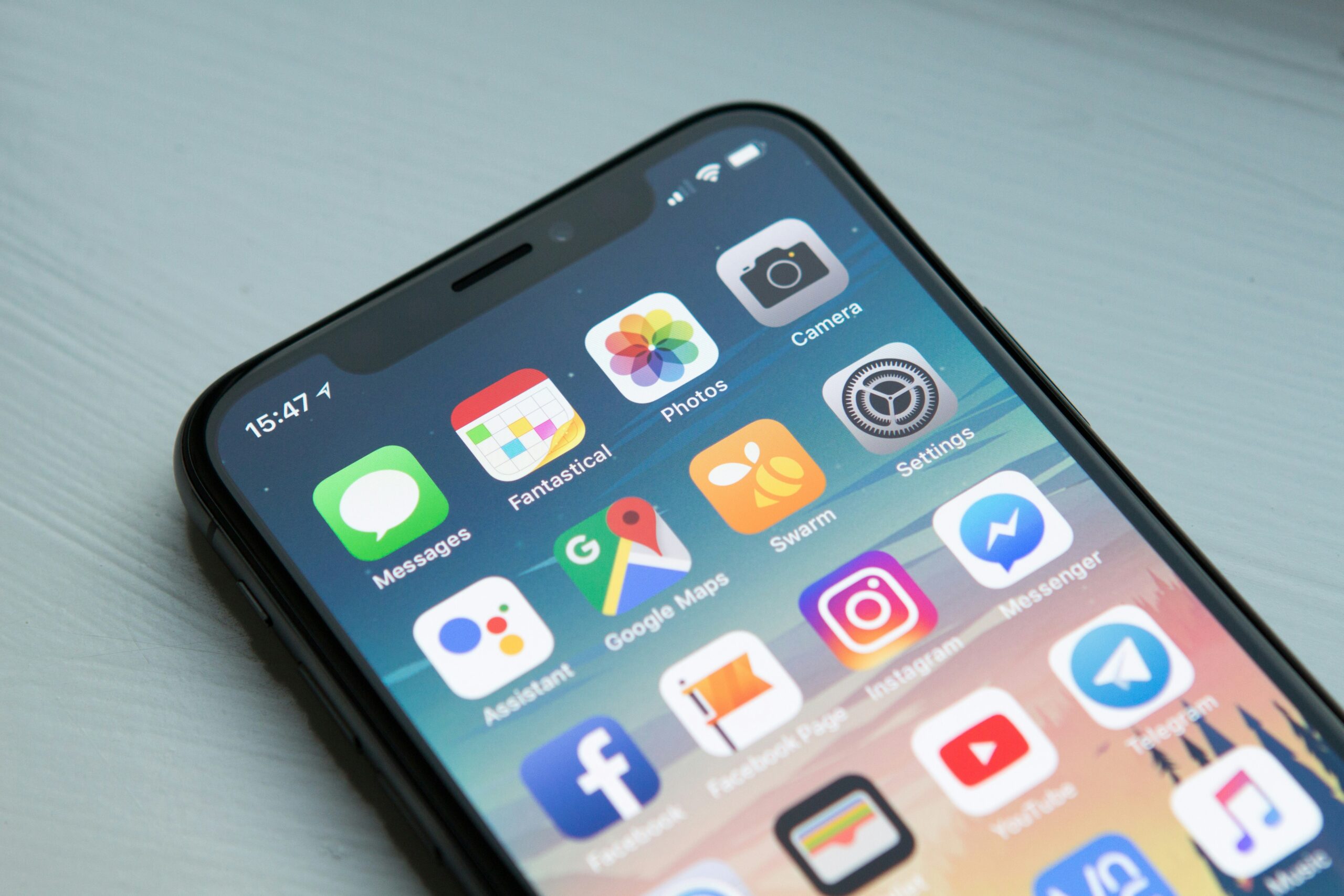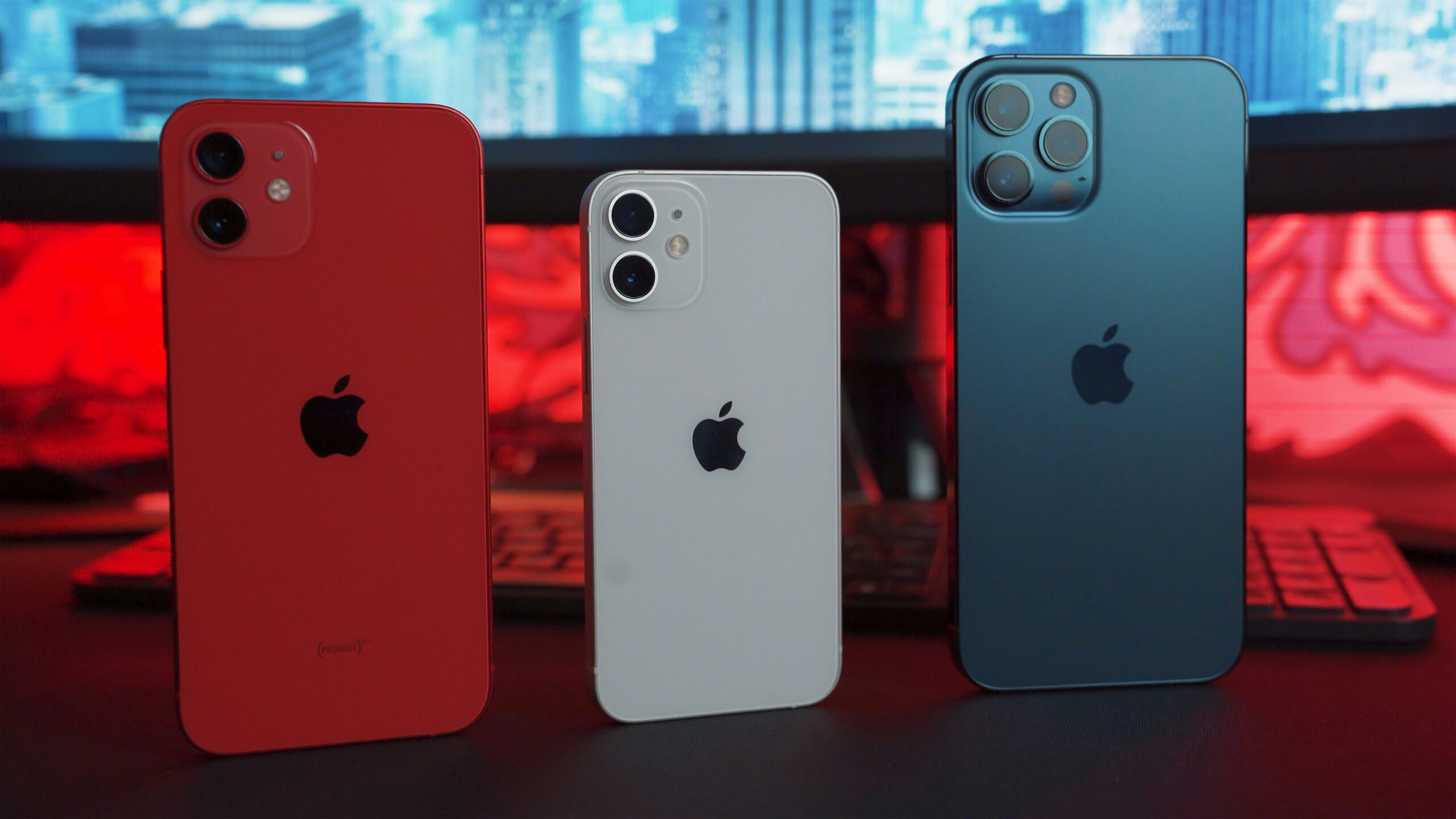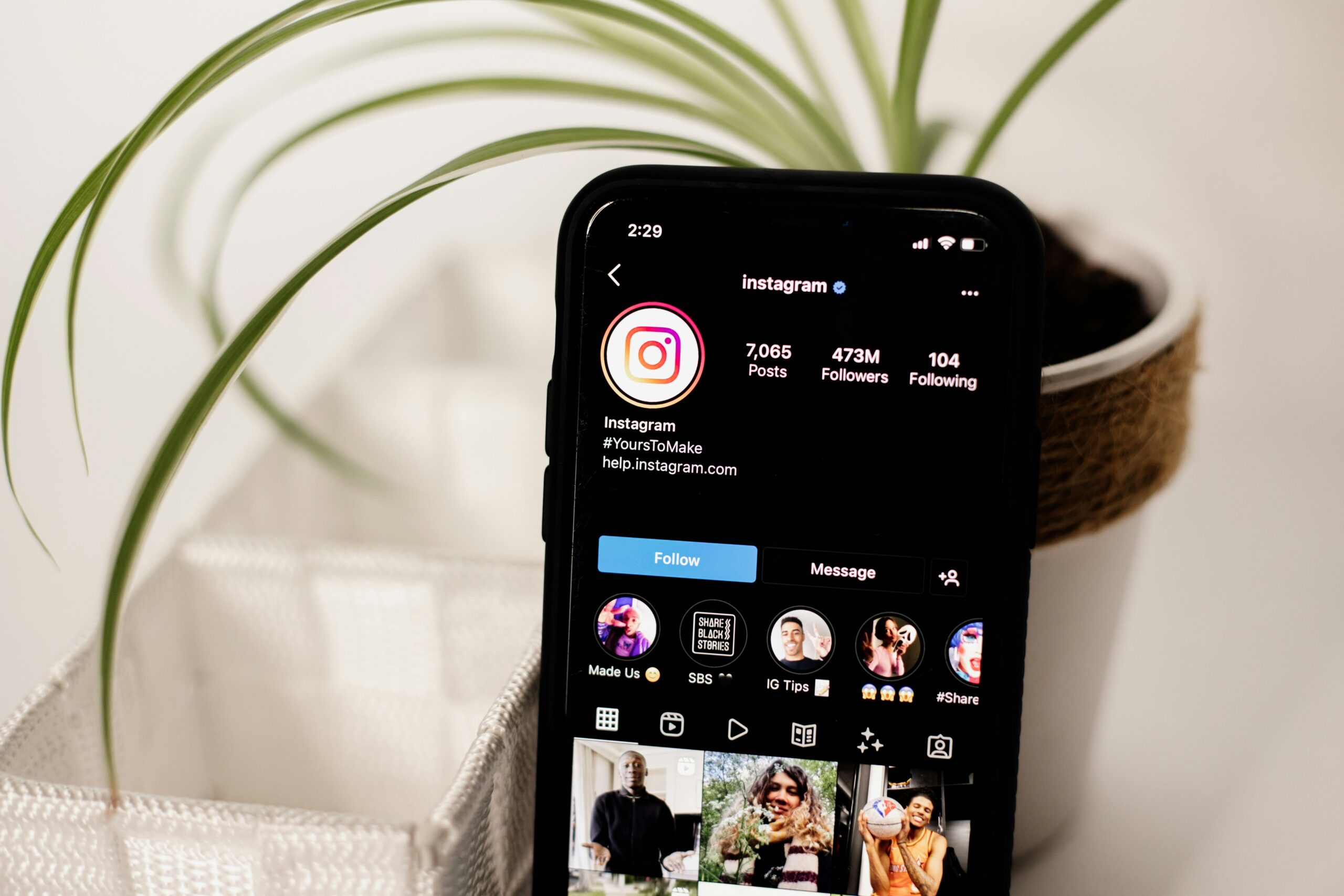No products in the cart.
The Ubiquity of Mobile Phones: Connecting Billions Worldwide
Introduction to Mobile Phone Ubiquity
In the contemporary landscape, mobile phones have evolved from mere luxury items into indispensable tools for billions of users around the globe. This transformation is underpinned by a staggering growth in mobile phone usage, which has surged across diverse demographics and geographical locations. As of 2023, statistics suggest that there are more than 6.8 billion mobile phone subscriptions worldwide, indicative of how deeply ingrained these devices have become in everyday life.
The journey of mobile phones began with basic calling and texting capabilities; however, today’s smartphones offer a range of features that have revolutionized communication, education, and commerce. With the advent of the internet and various mobile applications, users now rely on their devices for instant messaging, video calling, social media engagement, and online banking. The accessibility of this technology has dramatically changed the way individuals and communities interact, breaking down geographical barriers and enabling instantaneous communication.
Furthermore, the proliferation of mobile phones has fostered an era where information is just a tap away. Learning and accessing educational resources through mobile platforms has become increasingly common, especially in regions with limited access to traditional learning environments. This democratization of information ensures that users, regardless of their socio-economic background, can harness opportunities that were once distant.
The integration of mobile phones into daily routines has led to the formation of a global community that thrives on connectivity. As applications and services continue to evolve, it is essential to recognize how mobile technology has not only altered personal lifestyles but has also impacted global industries and economies. The ubiquity of mobile phones exemplifies a rapid technological advancement that is reshaping our world, cementing their status as essential instruments in modern society.
Historical Evolution of Mobile Phones
Mobile phones have undergone a remarkable transformation since their inception, evolving from bulky, limited-functionality devices to the sophisticated smartphones we rely on today. The journey began in the early 1980s when the first commercial mobile phone, the Motorola DynaTAC 8000X, was introduced. This groundbreaking device weighed nearly two and a half pounds and offered a mere 30 minutes of talk time, markedly different from the expectations of users in today’s society.
The subsequent decades witnessed remarkable advancements in mobile technology. The introduction of second-generation (2G) networks in the 1990s marked a turning point, enabling digital voice transmission and facilitating text messaging. This greatly expanded the functionalities available to users, contributing to the increasing popularity of mobile phones. In particular, the ability to send and receive SMS messages led to a social revolution, as communication became more instantaneous and accessible.
The advent of smartphones in the early 2000s further transformed the mobile landscape. Devices such as the BlackBerry and the first iPhone, released in 2007, merged telephony with computing. Touchscreens, intuitive operating systems, and an array of applications dramatically enhanced the user experience. The rapid development of mobile applications catered to the diverse needs of users, enabling everything from social networking to mobile banking.
The introduction of 4G networks in the late 2000s and early 2010s further accelerated this trend, offering faster data speeds and enabling users to stream video, play online games, and engage with multimedia content seamlessly. Today, users can benefit from an interconnected ecosystem of devices, all powered by the latest advancements in mobile technology.
This historical evolution showcases the tremendous impact mobile phones have had on society, shaping communication, commerce, and social interaction on a global scale. The continuous innovations in hardware and software promise further enhancements, ensuring that mobile phones remain an integral part of everyday life for billions of users worldwide.
Impact of Mobile Phones on Communication
The advent of mobile phones has unequivocally transformed the landscape of communication, reshaping the way users engage with one another across the globe. Initially designed for voice calls, mobile technology has evolved into a multi-faceted communication tool, facilitating an array of interactions ranging from traditional conversations to modern digital exchanges. Voice calls allow users to connect instantly regardless of geographical barriers, enabling efficient and direct communication that is often more personal than written forms.
Furthermore, the rise of text messaging has provided users with a convenient alternative to voice calls. SMS and instant messaging apps empower users to communicate succinctly and asynchronously, making it easier to share thoughts, updates, and reminders without the need for real-time dialogue. This shift has become particularly impactful in professional environments, where rapid, concise communication is often necessary for decision-making and coordination among team members.
Social media platforms represent yet another significant leap in communication, allowing users not only to maintain friendships but to forge new connections globally. These platforms have fostered an environment where sharing thoughts, images, and experiences is instantaneous and can reach an audience wider than any traditional medium could permit. As users curate their online personas, the way they represent themselves can lead to cultural shifts in interaction, with social norms evolving around the sharing of personal narratives.
Video calls, made possible through mobile technology, have further revolutionized the interaction landscape. Users can now experience face-to-face communication regardless of distance, bridging the gap between physical and remote presence. This aspect has become increasingly vital in both personal and professional settings, especially in light of recent global events that necessitated virtual communication. In conclusion, mobile phones have not only facilitated diverse forms of communication but have also induced significant cultural changes in how users interact and connect with one another.
Mobile Phones and Their Role in Daily Life
Mobile phones have transformed from mere communication devices into indispensable tools that significantly impact users’ daily lives. With advancements in technology, these devices now offer a myriad of functionalities that cater to various needs, effectively integrating into the modern lifestyle. Among the primary roles of mobile phones are navigation, shopping, entertainment, and productivity, each contributing to enhanced convenience for users around the globe.
Navigation is one of the most crucial applications of mobile phones, enabling users to easily find their way, locate nearby services, or explore new destinations. GPS systems and various navigation apps, such as Google Maps and Waze, have made it possible for individuals to travel safely and efficiently, reducing the stress associated with getting lost. This functionality has become essential for users who frequently navigate through unfamiliar areas, whether for work or leisure.
In the realm of shopping, mobile phones provide tools that facilitate the purchasing process, making it more accessible and efficient. Retail applications and websites, coupled with secure payment options, enable users to shop from the comfort of their homes. This convenience is further amplified by features like mobile wallets and contactless payments, allowing users to complete transactions effortlessly, anytime and anywhere.
Entertainment is another significant aspect of mobile phones that keeps users engaged. From streaming services like Netflix and Spotify to gaming apps, the entertainment options available on these devices are vast. Users can enjoy movies, music, and games, fulfilling their leisure needs with just a few taps on their screens.
Moreover, productivity tools such as calendars, task managers, and collaborative applications have revolutionized how users manage their personal and professional lives. Mobile phones allow individuals to stay organized, communicate with colleagues, and access important documents on the go, fundamentally changing how tasks are approached.
Global Reach and Accessibility of Mobile Phones
The proliferation of mobile phones has markedly transformed the landscape of global communication, connecting billions of users across various demographics and regions. As of 2023, it is estimated that there are over 5.3 billion unique mobile phone subscribers worldwide, highlighting the pervasive nature of this technology. Mobile phones have become an essential tool for communication, enabling users in both urban and rural environments to maintain connectivity irrespective of geographical boundaries. The increased penetration of mobile technology has significantly enhanced access to information and services, contributing to social and economic development.
Regions such as Europe and North America exhibit high rates of mobile penetration, with nearly universal access for most of the population. Conversely, in some developing countries, disparities in access remain evident, particularly regarding infrastructure and economic factors. Although mobile technology is widespread, there are still notable barriers such as affordability, literacy, and network coverage that hinder some users from fully benefiting from the advantages of mobile connectivity. As a result, various initiatives have emerged aimed at bridging the digital divide, focusing on improving network infrastructure and providing affordable devices to underserved populations.
Organizations, both governmental and non-governmental, are increasingly investing in projects that aim to enhance mobile connectivity in these underserved areas. These efforts include establishing community networks, subsidizing mobile devices, and launching educational programs that teach users how to leverage mobile technology effectively. By focusing on these areas, stakeholders are working towards ensuring that all users, regardless of their socioeconomic status, have the opportunity to access important services and information via mobile phones.
The global reach of mobile phones underscores their critical role in fostering communication and inclusivity. Continued efforts to overcome barriers will not only enhance connectivity but will also contribute to a more equitable society in which all users can thrive.
Mobile Phones and the Digital Divide
The proliferation of mobile phones has transformed communication globally, yet it has simultaneously highlighted a significant digital divide. This divide manifests in the disparities between individuals who possess mobile devices and those who lack access to such technology. The implications of this gap are profound, particularly in the realms of education and economic opportunities, as mobile devices have become indispensable tools in modern society.
For many users, mobile phones serve as the primary means of accessing the internet, engaging in online education, and seeking employment opportunities. The lack of mobile access can severely limit a person’s ability to acquire knowledge and skills, fostering an educational and economic disadvantage. In areas with low mobile penetration, students may struggle to complete assignments or access learning materials, putting them at a greater disadvantage compared to their peers who have mobile connectivity. This situation perpetuates existing inequalities, keeping marginalized populations further from educational and professional advancement.
Moreover, the disparity in mobile phone access can affect economic participation. Users with reliable mobile access can explore job opportunities, network with professionals, and engage in online businesses, while those without access remain isolated from the growing digital economy. This divide not only impacts individuals but also hinders the overall economic growth of communities and nations striving for technological advancement and inclusivity.
Addressing the digital divide necessitates multifaceted strategies. Governments, non-profits, and private sector entities must collaborate to improve mobile infrastructure in underserved areas, provide affordable phones and data plans, and implement training programs to empower users. Bridging this gap is essential for fostering a more equitable society where access to mobile technology enables all individuals to benefit from the digital age.
The Role of Mobile Phones in Economic Development
Mobile phones play a critical role in fostering economic development across the globe, particularly in emerging markets. By enhancing communication and access to information, these devices empower users to engage in economic activities that were previously out of reach. One of the most profound impacts of mobile technology is in the realm of mobile banking, which has revolutionized financial services for millions. With a mobile phone, users can access banking services, send and receive money, and manage their finances without the need for a physical bank branch. This accessibility is crucial in regions where traditional banking infrastructure is often lacking.
Moreover, mobile phones are instrumental in promoting entrepreneurship. Individuals can leverage these devices to start and scale their businesses with relative ease. Entrepreneurs utilize mobile applications to market their products, manage operations, and engage with customers. This democratization of resources allows users, especially in developing countries, to tap into global markets, thereby fostering innovation and competition. Services ranging from e-commerce platforms to online marketplaces have proliferated, enabling users to create sustainable livelihoods.
Additionally, mobile phones contribute to job creation by facilitating new forms of employment. The gig economy has gained traction, with platforms that connect users to short-term jobs or freelance opportunities. This flexibility is particularly beneficial in regions with high unemployment rates, enabling users to find work and generate income without long-term commitments. Furthermore, sectors such as agriculture have seen improvements through mobile technology. Farmers utilize mobile apps for weather forecasts, market prices, and farming tips, thereby enhancing productivity and improving food security.
Ultimately, the ubiquitous presence of mobile phones serves as a catalyst for economic growth, empowering users with the tools needed to thrive in an interconnected world. As mobile technology continues to evolve, its role in economic development is expected to expand even further, driving progress and prosperity for users everywhere.
Challenges and Concerns Surrounding Mobile Phone Use
The widespread adoption of mobile phones has transformed communication, but it also presents various challenges that merit attention. One significant concern is privacy. With smartphones equipped to collect vast amounts of personal data, users may unknowingly expose sensitive information, such as location, browsing habits, and personal messages. This data can be misused by third parties, leading to identity theft or data breaches. To mitigate these risks, users should adopt stronger privacy settings and be cautious about the information they share online.
Another pressing issue is addiction. Many users find themselves increasingly reliant on their mobile devices, leading to excessive screen time and compulsive usage patterns. Such habits can interfere with daily life and responsibilities, affect productivity, and diminish quality family interactions. To confront this addiction, users should consider setting specific limits on phone usage and engage in activities that do not involve screens, fostering healthier habits and promoting a more balanced lifestyle.
Furthermore, the mental health implications of constant connectivity cannot be overlooked. Excessive use of mobile phones has been linked to increased feelings of anxiety, depression, and loneliness among users. The pressure to be perpetually connected can create unrealistic expectations and contribute to a negative self-image, especially when individuals compare their lives to curated content on social media platforms. Users should prioritize face-to-face interactions and limit their exposure to social media to protect their mental well-being.
The spread of misinformation is another critical challenge exacerbated by mobile device usage. Users often encounter unverified news and fake information, which can lead to misunderstandings and skewed perceptions of reality. To combat this issue, users are encouraged to cultivate media literacy, critically evaluating sources before sharing information. By fostering awareness and encouraging responsible usage, society can address the challenges presented by mobile phones while still benefiting from their connectivity.
The Future of Mobile Phones in a Connected World
The rapid evolution of mobile phone technology indicates a future in which these devices are not only indispensable tools but also integral components of daily life, enhancing connectivity for billions of users worldwide. Among the most notable trends shaping this future is the widespread deployment of 5G technology. With its potential for significantly faster data transfer rates and lower latency, 5G will enable users to access information, communicate, and engage with online services more seamlessly than ever before. This advancement is expected to catalyze a wave of innovation, including applications in virtual reality, augmented reality, and the Internet of Things (IoT).
Another pivotal development in mobile technology is the rise of foldable devices. The introduction of smartphones with flexible screens allows users to enjoy a larger display without sacrificing portability. This innovation caters to the increasing demands of multitasking and content consumption, transforming how users interact with their devices and bridging the gap between smartphones and tablets.
Artificial Intelligence (AI) integration is also poised to redefine user experiences. Smartphones embedded with advanced AI capabilities will offer personalized assistance, predictive typing, and enhanced photography features, raising expectations for convenience and efficiency. As these technologies evolve, we can anticipate a more intuitive and responsive interaction between users and their mobile devices.
Furthermore, the deeper integration of mobile phones into professional and personal spheres is likely to foster significant societal changes. The mobile phone will increasingly serve as a primary means of communication, work, and entertainment, shaping social interactions and influencing the way communities build relationships. As mobile technology continues to evolve, the implications for users will be profound, transitioning mobile phones from mere communication tools to essential instruments for navigating a connected world.














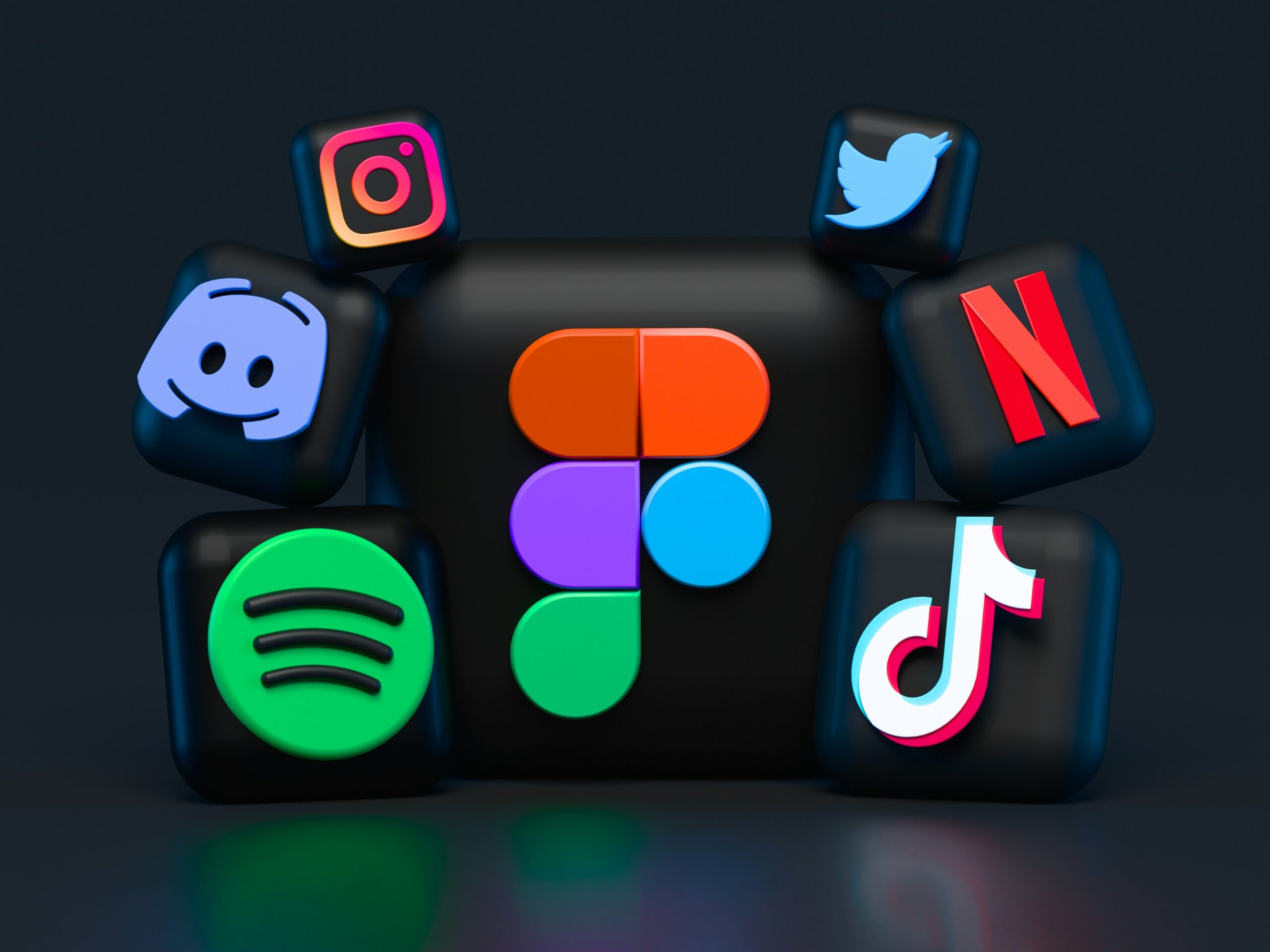







![A Comprehensive Review of [Course/Product/Experience Name] 22 man in gray shirt sitting on black chair](https://theamericansidehustle.net/wp-content/uploads/2025/03/man-in-gray-shirt-sitting-on-black-chair-1-scaled.jpg)








































